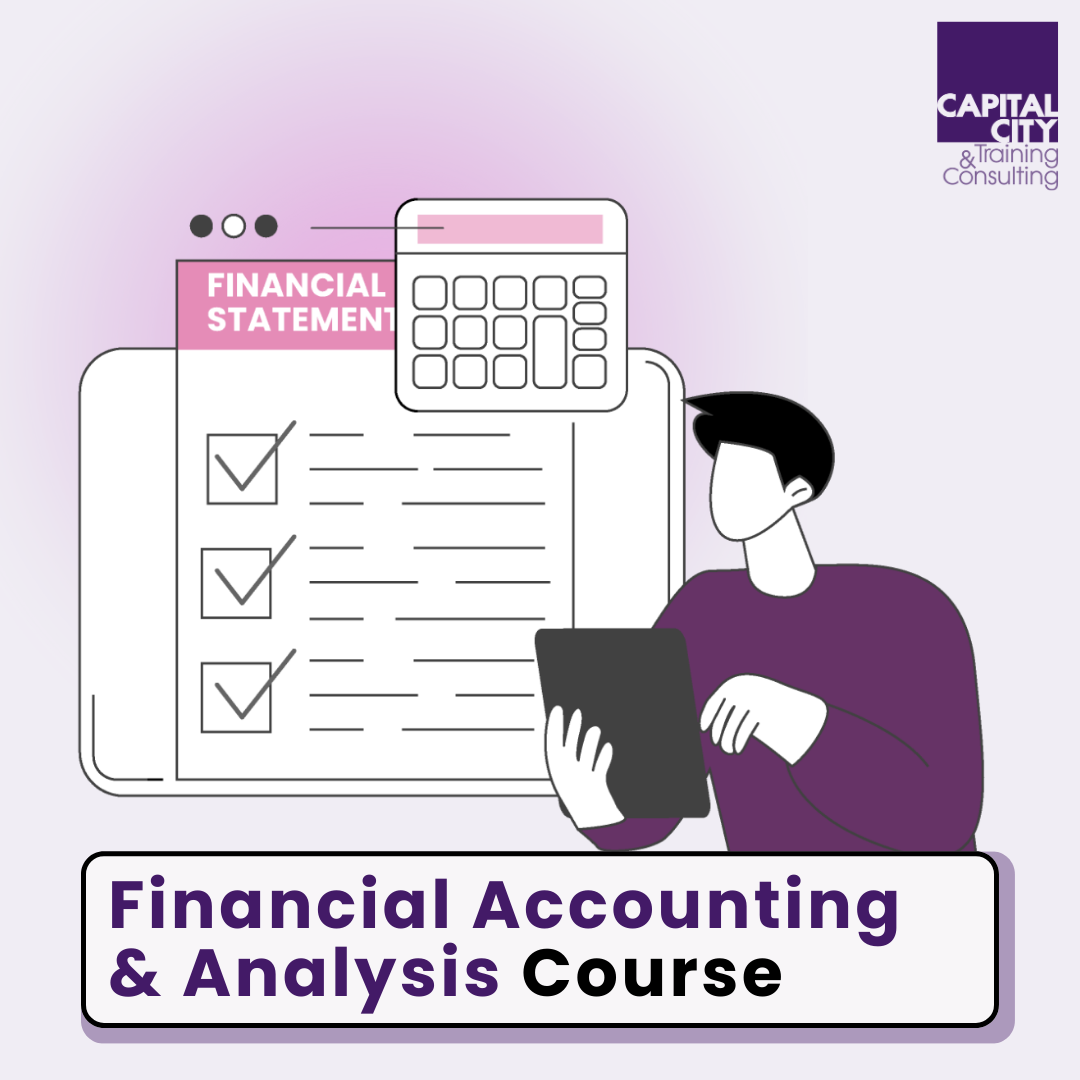Guide to FP&A – Financial Planning and Analysis
Financial Planning and Analysis (FP&A) plays a crucial role in supporting executives and managers make informed business decisions.
FP&A refers to the processes, methods and tools used by organizations for budgeting, forecasting, performance analysis, and decision support. The FP&A team works to provide accurate and timely financial information to decision makers across the business. Their analysis and recommendations help drive strategy, growth, cost optimization and risk management.
Article Contents
Key Takeaways
| Topic | Key Takeaways |
| What is FP&A? | – Budgeting, forecasting, modelling, reporting, strategic planning
– Support executives and managers with data-driven insights and recommendations |
| Core Components | – Business planning and modelling
– Management reporting – Budgeting – Financial analysis |
| Risk Management | – Sensitivity analysis, scenario modelling, contingency planning to understand and mitigate risk |
| Applications | – Budgeting and forecasting
– Performance reviews – Evaluating strategic plans and initiatives – Capital allocation decisions – M&A analysis – Expansion analysis – Cost reduction |
| FP&A Responsibilities | – Budgeting and planning
– Financial modelling and analysis – Management reporting – Risk monitoring – Process improvements – Data integrity and timeliness – Communication of insights |
What is FP&A?
FP&A brings together many disciplines including budgeting, forecasting, financial modelling, management reporting and strategic planning. Professionals in this field collate internal data, financial projections, business intelligence and macro-economic data to provide insights and develop advice to senior management. Crucially this work will be a fundamental building block in strategic planning. Key focus areas for FP&A include:
- Budgeting and forecasting – Developing financial plans and models to forecast revenues, costs, and cash flows and to prioritise capital expenditures. Typically, businesses will have more development projects than they have cash. Focusing investment is crucial.
- Corporate Finance planning – the key challenge of management is figuring out “what a company needs to become.” Achieving a step change in scale or acquiring a specific technology may be the most important strategic development imperative that a company needs to embrace. Equally, divesting a successful business segment may provide capital to focus and accelerate investment in the core business. What to do and how to finance it are crucial planning tasks.
- Performance reporting – Tracking progress against financial targets and analysing variances. This is crucial to improving performance in a business “that which is not measured is not managed.” Management information gathering and monitoring is essential to a rational data-driven business plan.
- Cost optimization – Identifying opportunities to improve profitability by reducing costs and enhancing efficiency. An example is “debottlenecking” to increase production capacity.
- Data analytics – Using customer behaviour data and market information to support strategic decision-making.
- Risk management – Conducting sensitivity analysis and scenario planning to understand variability in financial performance and plan for contingencies relating to operations: the COVID crisis and before this weather events – such as flooding in South Korea showed the vulnerabilities in multinational businesses due to the length of their supply chains and their aggressive adoption of just-in-time inventory management: many companies are now changing their sourcing to address these risks and the emerging risk of trade friction between China and the US.
Core Components of FP&A
While specific roles and responsibilities vary, core FP&A activities typically include:
- Business planning and modelling – Partnering with management to build financial models that translate operational plans into financial projections. Models are used for forecasting, scenario testing, what-if analysis and more.
- Management reporting – Developing regular reports, dashboards, and visualization to provide visibility into financial performance. Reporting highlights progress against plans, along with risks and opportunities.
- Budgeting – Leading the annual budgeting process and coordinating cross-functional input into financial budgets.
- Financial analysis – Analysing profit drivers, operating metrics, and business trends to identify problems and opportunities. FP&A provides contextual analysis of the numbers.
- Capital planning – the company’s budgets and plans will give rise to long term requirements for fixed assets and working capital. They will also present large FX exposures in international businesses. A key area of corporate planning is capital planning and is closely linked to Risk management. Perhaps the most important job of the Finance Director is to ensure the liquidity of the company in the medium term. The capital plan should provide that the company’s liquidity- be that from balance sheet cash or revolving credits- is sufficient to see the company through the likely challenges posed by recession and routine operating risks such as contract disputes and strikes.
FP&A and Risk Management
FP&A has an important risk management role, working to identify, measure and mitigate risks through:
- Sensitivity analysis – Testing best case/worst case scenarios to understand range of potential outcomes.
- Scenario modelling – Modelling different hypothetical scenarios, like recession vs growth, to quantify potential financial impacts. Interest rate and FX risks can present serious challenges to companies. Balance sheet hedging – matching assets and liabilities by currency and using swaps and fixed interest rate borrowing are key tools.
- Contingency planning – Proactively developing mitigation strategies for different risk scenarios.
By assessing a range of possible scenarios, FP&A provides vital intelligence for executives managing risk and uncertainty.
Real-world Applications of FP&A
FP&A plays a crucial role in guiding business decisions through informed financial analysis. For example, a retail company might use FP&A to forecast seasonal demand, allocate budgets accordingly, and optimize inventory levels. In another case, a technology firm could leverage FP&A for assessing the financial viability of a new product launch, considering factors like development costs, potential revenue, and market competition. Common areas include:
- Budgeting – FP&A oversees the annual budgeting process which sets financial targets.
- Forecasting – Regular re-forecasting allows faster adaptation to changing conditions.
- Performance reviews – FP&A reporting tracks performance against goals and targets.
- Strategic planning – FP&A models test the viability of strategic plans and initiatives.
- Capital allocation – Analysis directs capital to highest return investments and projects.
- Mergers & acquisitions – FP&A performs diligence and models acquisition and divestment targets.
- Expansion analysis – new market/product expansion decisions are validated through modelling.
- Cost reduction – Opportunities to optimize spending and overhead are identified.
Key Responsibilities for Financial Planners & Analysts
While specific job duties vary, typical responsibilities include:
- Partnering with departments on budgeting and planning.
- Developing financial models, forecasts and projections.
- Preparing regular management reports and performance analysis.
- Monitoring risks, identifying issues, and recommending solutions.
- Driving process improvements and enhancing analytics capabilities.
- Ensuring data integrity, consistency, and timeliness.
- Effectively communicating analysis, insights, and recommendations.
Training and Skill Development for FP&A Professionals
Key skills for FP&A professionals include:
- Financial modelling – Excel modelling to build forecasts and analyse different scenarios.
- Data analysis – Using pivot tables, Vlookup and other Excel tools to analyse data.
- Visualizations – Presenting analysis through graphs, dashboards, and visual tools.
- Communication – Distilling analysis into actionable insights and recommendations.
- Statistical methods – Using statistical techniques like regression to derive insights.
- Accounting knowledge – Understanding accounting principles and financial reporting.
Many certifications are also available, such as the FP&A Certificate from the Association for Financial Professionals. Ongoing training improves analytical, technical, and soft skills.
Career Paths for FP&A
FP&A offers varied career paths, including:
- FP&A Analyst – Entry-level role focused on reporting, budgeting, and forecasting.
- Senior FP&A Analyst – Leads specific processes like budgeting or management reporting.
- FP&A Manager – Oversees the team and FP&A processes and deliverables.
- Finance Director/Head of FP&A – Strategic role, oversees all FP&A functions and guides financial planning.
- CFO – The pinnacle role and natural progression for FP&A leaders. Oversees all finance functions.
Evolving Landscape of FP&A
The scope of FP&A continues expanding from its foundations in budgeting, planning and analysis:
- More strategic focus – FP&A is moving upstream, playing a more strategic role in long-term planning.
- Increased centralization – FP&A is consolidating under a central team to align planning.
- Broader mandate – FP&A is expanding beyond finance, working cross-functionally to drive performance.
- Enhanced analytics – Advanced analytics and data science elevate the sophistication of analysis.
- Higher value – Automation is allowing FP&A to focus less on number crunching and more on high-value analysis.
As FP&A continues evolving, finance professionals have an opportunity to move up the value chain into more commercially important strategic roles.


